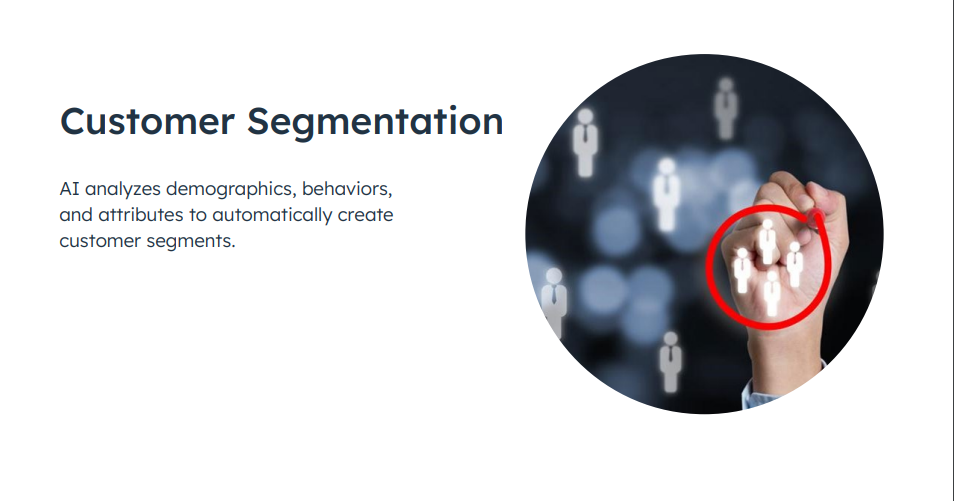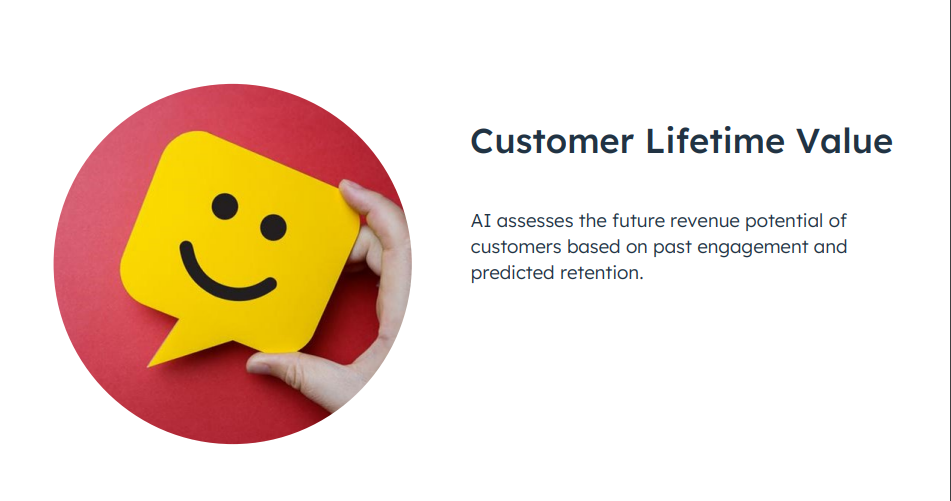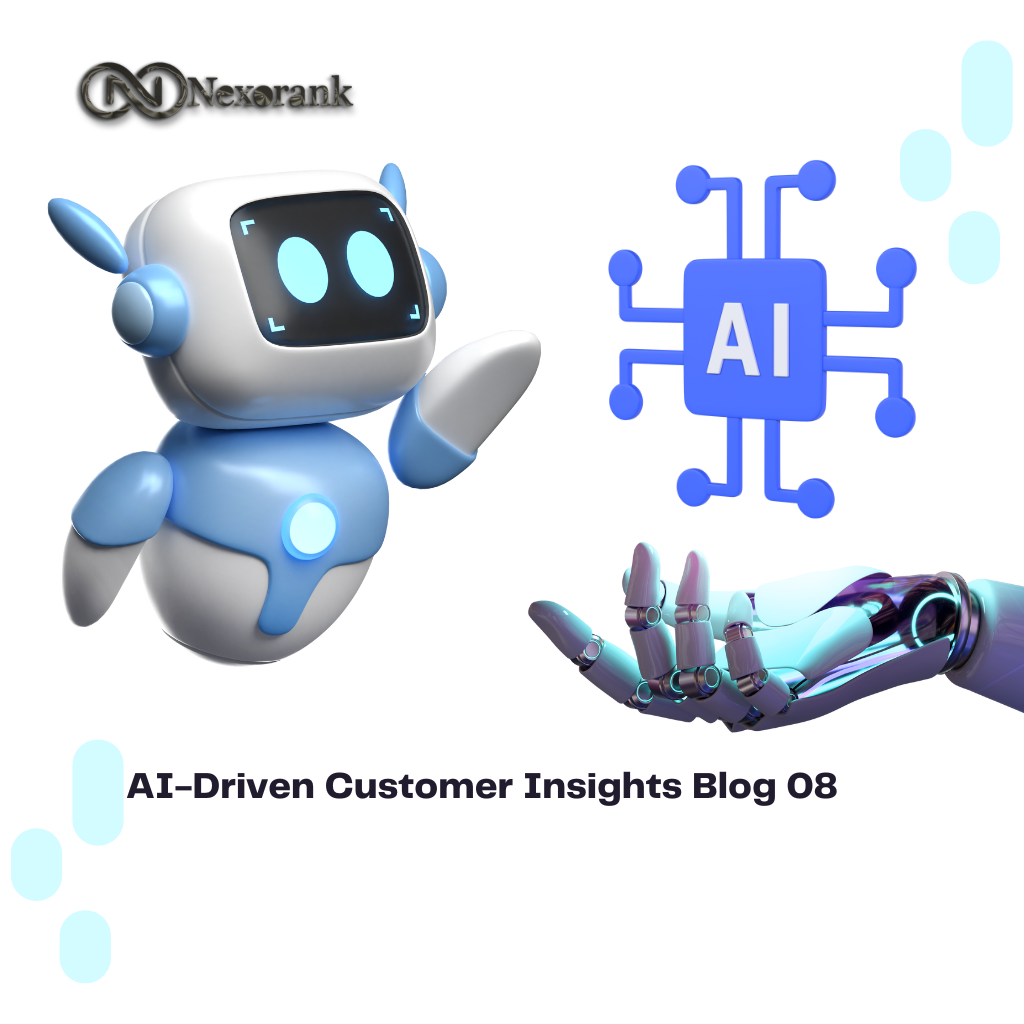Harnessing the power of AI driven insights, businesses today delve into a realm of unprecedented understanding and optimization. Through sophisticated algorithms and vast data analysis, AI illuminates patterns, trends, and correlations that evade human observation. These insights offer a strategic advantage, guiding decision-makers toward more informed choices. From personalized recommendations in e-commerce to predictive maintenance in manufacturing, AI’s capabilities redefine efficiency and innovation. By integrating AI driven insights into operations, organizations unlock opportunities for growth, enhanced customer experiences, and streamlined processes, propelling them towards success in an ever-evolving landscape of competition and complexity.
The Emergence of AI Driven Insights
There has been an explosion of data in recent years. Businesses now have access to huge amounts of information about their customers, operations, and markets. However, data alone is not enough. The key is turning that data into actionable insights. This is where AI comes in. Artificial intelligence technologies like machine learning can detect patterns in massive datasets that humans alone could never identify. They can recognize trends, spot anomalies, and find associations that would otherwise go unnoticed. AI-powered analytics tools can churn through huge volumes of data to uncover key insights about your customers, products, and business.
Understanding your customers is the holy grail of marketing. Know what makes your audience tick, and you can create content that resonates, builds experiences they’ll love, and fosters lasting connections. But getting into the minds of your customers is easier said than done. Questionnaires and surveys only reveal so much. Focus groups reach a tiny sample. And while analytics offer a mountain of data, they don’t always provide clarity.
Enter artificial intelligence. AI unlocks limitless insights into customer preferences, motivations, and behaviors. It can analyze vast troves of data, identifying trends and patterns that would otherwise remain hidden. AI tools can gather information from social media, web activity, IOT devices, and more – aggregating a 360-degree view of your customers. From personalized recommendations to predictive analytics, AI enables you to unlock deep customer insights.
So, how does it work?
First, when it comes to understanding customers, data reigns supreme. AI can help gather useful customer data from a diverse array of sources.
- Transactional Data: Every purchase, click, and interaction provides a digital breadcrumb that AI can follow. Collecting transactional data from your sales channels, website, mobile app, etc. enables analysis of purchasing patterns, product affinities, and more.
- Social Media Activity: AI tools can analyze social conversations across platforms to identify customer sentiments, trends, and emerging topics. This data grants social listening capabilities to determine brand perceptions.
- Web Activity: AI can track website analytics like click-through rates and time-on-page. But it can also analyze on-page behavior through scroll maps and heatmaps. This reveals insights like which products customers compare and where they drop off when shopping.
- Connected Devices: The Internet of Things allows everyday devices to transmit usage data. AI can collect and analyze data from smart home systems, wearables, appliances, and more. This data profiles in-home and lifestyle behaviors.
- CRM Data: Customer relationship management systems contain a wealth of historical data on contacts, communications, and service records. AI can surface hidden insights to determine channel preferences and predict future needs.
In essence, AI casts a wide net, aggregating data from every touchpoint to form unified, 360-degree customer profiles. This expansive view enables nuanced analysis of motivations, behaviors, and needs.
With troves of multi-dimensional customer data in hand, AI gets to work uncovering insights. AI can identify hidden patterns, correlations, and segments within the data using techniques like machine learning.
Let’s explore the various ways:

AI analyzes demographics, behaviors, and attributes to automatically create customer segments. These reflect shared interests, needs, or other common factors. Segmenting customers enables tailored marketing. By detecting patterns in historical data, AI can forecast future outcomes. Predictive modeling helps anticipate future interests, purchases, churn risk, lifetime value, and more. AI recommendation engines can also analyze product affinities, purchase history, and behavior to predict which items a customer may prefer.

This enables personalized recommendations. Identifying high Customer Lifetime Value customers can optimize spending by using AI tools to assess the future revenue potential of customers based on past engagement and predicted retention. By using sentiment analysis to process natural language in surveys, conversations, and social media, AI can gauge brand sentiment and identify key topics. This application of sentiment analysis provides invaluable voice-of-the-customer insights.
AI also extracts meaningful signals from the noise; it surfaces hidden insights that would be impossible to uncover manually. With AI, understanding customers has never been easier.
Using customer data insights,

AI can go a step further by predicting future behaviors and needs. AI forecasting enables marketers to anticipate trends rather than simply react to them.
AI has the ability to go beyond simply reacting to customer data by using insights to predict future behaviors and needs. Through forecasting, marketers can anticipate trends rather than just responding to them. For example, by analyzing past purchase histories, website activity, and other interactions, AI models can predict customer needs and determine which additional products or services customers may want in the future, informing marketing, production, and inventory strategies. AI can also anticipate customer churn by analyzing customer engagement patterns to identify those most at risk of churning. AI can process signals from search trends, social media, reviews, macroeconomic indicators, and more to detect emerging trends early on, empowering businesses to capitalize on changing preferences. And with processing power beyond any human, AI can accurately model how customer demographics might shift and change over time, helping companies prepare marketing approaches tailored to future shifts.
Predictive analytics are incredibly powerful for removing uncertainty and anticipating the future. AI forecasting helps you stay agile by recognizing opportunities and threats before they fully emerge. So don’t just look at past behavior – use AI to predict future needs.
Meagan Keany Anderson, VP of Marketing at Jasper.ai explains:
We use AI internally at Jasper to help us interpret our analytics and highlight areas where our content is performing well and where it’s underperforming. This is all data that we have. But maybe it’s tough for us to have the time, or even have the right angle to be able to turn that into an insight. I think you know the challenge with marketing right now is there’s data everywhere, but the insights are still few and far between. So we use AI to help us interpret that data surface patterns and trends that it’s seeing so that we can then verify and act on that. So you know our AI makes recommendations for high performing content, that we want to lean into and remix into other formats. It makes recommendations for low-performing content that we may want to edit and then make suggestions based on what has worked well to improve that content. That is helping you go that last mile from analysis to insights to actual optimization and results, and to me that’s pretty exciting part of the future of AI.
AI also enables hyper-personalized marketing experiences.
This is helpful in tailoring content and offers to each customer to make every interaction more meaningful.
- Personalized Content: Based on interests, demographics, and context, AI can dynamically customize website content in real time, providing a tailored experience for each visitor.
- Individualized Recommendations: AI-powered recommendation engines analyze historical data to predict which products each customer is most likely to engage with.
- One-to-One Marketing: With a 360-degree view of each customer, AI enables you to craft targeted messaging that resonates with their specific needs and interests, creating a more personalized experience.
- Optimized Pricing: By predicting individual price sensitivity, AI can dynamically adjust pricing to align with what each customer is willing to pay, maximizing both conversions and revenue.
AI unlocks unprecedented customer insights, providing the foundation needed to deliver customized experiences. From predictive analytics to bespoke content and offers, AI equips you with the tools needed to develop deep connections with your customers.
By gathering data from every touchpoint, AI enables you to market not just to segments and personas, but to individuals. Reflecting unique interests in every interaction helps foster meaningful relationships between brands and customers.
Putting AI’s analytical powers to work requires leveraging the right technologies from third-party vendors. The key is integrating these tools into your martech stack and processes. Approach AI not as a bolt-on tool, but as a capability that can be woven throughout your operations. With the right foundation of connected customer data and infrastructure in place, AI can seamlessly function in the background – continuously gathering, analyzing, predicting, and activating on customer insights.
- “Give Me My Money” TikTok Trend & Essential Finance Tips
- Netflix Subscription Price in Bangladesh: Choose the Best Plan
- Mastering the Art of SEO for Small Business Success
- Boost Information Gain in Blog Writing
- Information Gain in SEO | Why It Matters
Kipp Bodnar, HubSpot CMO:
The best marketers going forward are going to balance the advice from AI and their own judgment and experience in the field of marketing, and the way they’re going to do that is that they are going to be just as critical as of AI as they are their own ideas. They’re going to bring them together for a better end result, and that is really going to be the secret here. The marketers who just blindly trust AI are going to be boring in the same, just like everybody else. The marketers who use AI to refine their ideas, to get clear feedback, to actually even mimic their customer feedback, are going to end up with a better strategy and better judgment on how to execute that strategy than they would have otherwise.
The future of marketing is truly personal. With predictive analytics and data-driven insights, you can anticipate customer needs, forecast trends, and optimize experiences. Adeep understanding of your audience will pave the way for tailored messaging and hyper-personalized interactions. This level of meaningful engagement builds lasting bonds between brands and customers. Leveraging the right AI technologies provides the customer intelligence to get there.



















